If your car tires need a little air, you can always pull into the gas station to use the machine. However, you may not know how to use a gas station air pump, or you might be confused about how to properly inflate your tires.
In this guide, we walk through all of the steps with you, so you can pump up the car tires properly. Additionally, we show you some hidden benefits of using the gas station air. We also review the benefits of maintaining proper tire air pressures.
How to Use a Gas Station Air PumpTo use a gas station air pump, you need to find the air compressor and park near it. Once you remove the air nozzle, you can pay for the air and adjust the settings. Remove the tire valve cap and inflate the tires. Check the pressures when you are done and return the hose to its original place.
Here are more detailed steps on how to use the gas station air pump:
1.Unless you have used the air pressure machines before, you might not know where to find them or understand what they look like. Normally, the air machines aren’t right with the gas pumps, but off to the side somewhere.
There will be a sign on the machine that indicates its purpose. You might even see something, such as “Free Air.”
2. Park Near the CompressorAfter you locate the air pump, you need to park as close as possible to it. The hose should be able to easily reach the tire or tires that need to be filled up.
If you park and realize you are too far away, just inch it a little closer. You can leave the car engine running to make it easier.
3. Remove Air NozzleInspect the air hose to make sure it is in decent condition. If it isn’t, you might want to choose a different machine to use.
Once you’ve approved the hose, you want to move it to where the tire is, especially if you are paying for it.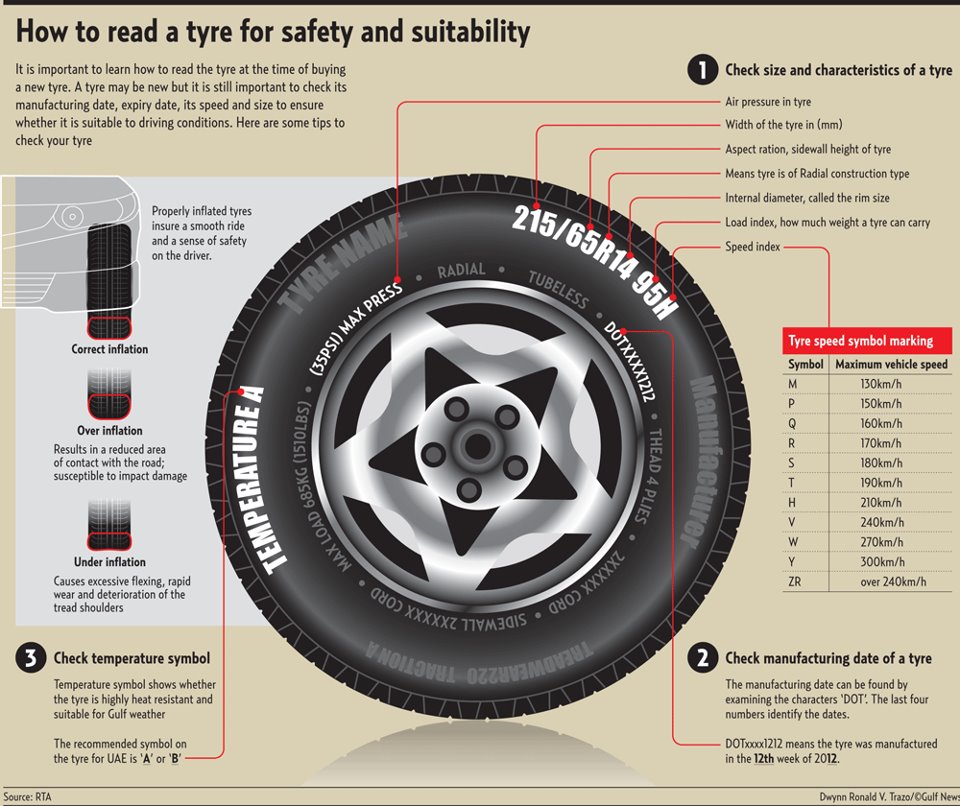 You want to be ready to fill up those tires when it goes on.
You want to be ready to fill up those tires when it goes on.
Some machines are free and you won’t have to pay anything. Other times, you will be required to enter some quarters or use your credit card to get it started.
If you don’t have quarters, you might be able to get some change from the gas station. Once the money is inserted, the air will turn on for a specified amount of time.
5. Set Appropriate PSI MarkSome machines offer settings for the PSI. You can find this number on the card mounted on the inside of the driver’s side door jamb.
This measurement shows what the tires should be inflated to. Adjust the settings to match this number. If the machine doesn’t offer this, you will need to keep a close eye on how much air is being put in the tire.
RELATED: How to Find the Correct Tire Pressure For Your Car (4 Steps)
6. Remove Tire Valve CapOnce the air hose is running, you want to remove the cap on your tire valve.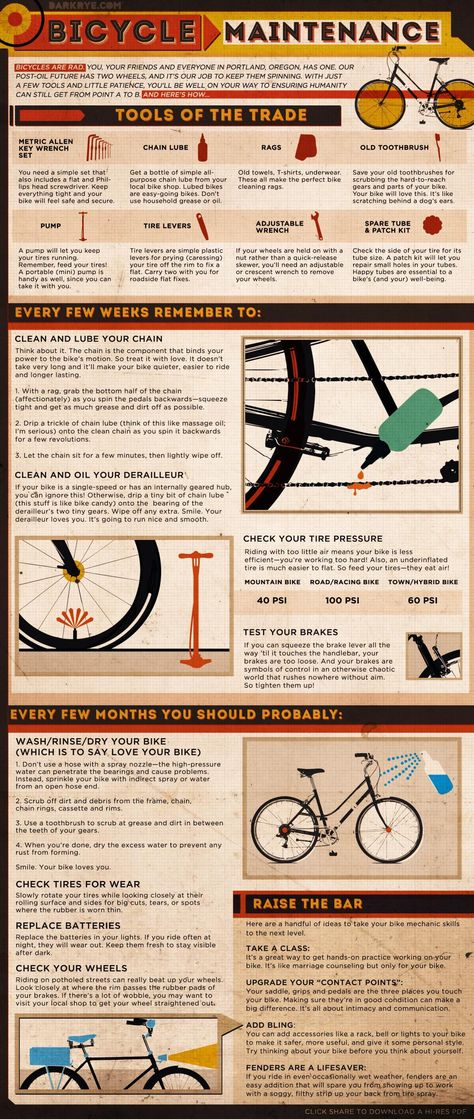 Don’t misplace this tire cap, or the air could leak out while you drive.
Don’t misplace this tire cap, or the air could leak out while you drive.
However, if you ever lose a cap or one gets broken, they aren’t expensive to replace. You can find them at most auto parts stores.
7. Inflate TirePush the end of the nozzle onto the valve stem of the tire. You will need to apply some pressure to make the fit secure.
Once you have them connected, air will flow into the tire. Once you have reached the target PSI, remove the hose nozzle from the tire valve. If the air pump has an integrated pressure gauge, you can do both these steps at the same time and inflate, release and check the pressure.
8. Check PressuresYou should always double-check the air pressure to ensure it is right. If the tires are still low, go ahead and put more air into them.
If you have overfilled the tires, you will need to push gently on the valve stem to remove some air. Either way, it should fall right in line with what’s on the door jamb.
After the tires have been pumped up, you are ready to put the equipment back. Put everything in its place where it belongs, not necessarily where you found it.
It might be tempting to throw the hose on the ground, but this only ruins it for the next person. Just think about how you would feel if you needed air in a tire and the hose was destroyed because of negligence.
RELATED: How to Reset Tire Pressure Light (TPMS) – By Car Model
Benefits of Using Gas Station Air PumpThere are many reasons to consider using the gas station air pump when your vehicle tires require pumping up. For starters, you might be able to find a free air pump, meaning you won’t have to spend anything. In fact, several states require that the air pumps be free to use.
Additionally, the gas station air pump is going to be available 24 hours a day. If you are driving home after a late night, you can still ensure that your tires are properly inflated.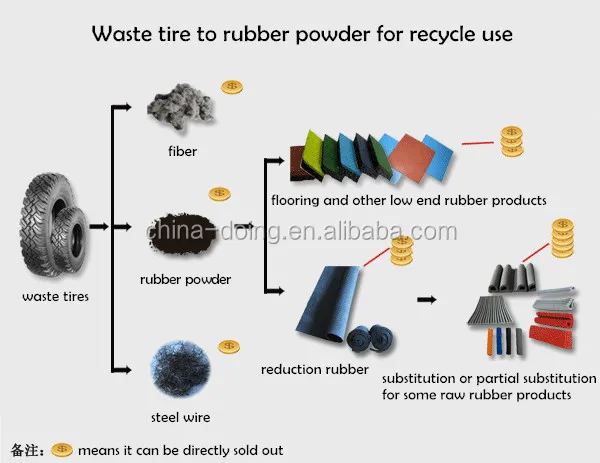 The gas station air pump is also quick, so you won’t be spending a lot of time waiting around.
The gas station air pump is also quick, so you won’t be spending a lot of time waiting around.
When emergencies happen, it isn’t always convenient to drive all the way home. Plus, it might not be safe if the tires are getting low. Instead, swing in the gas station and pump them up so you don’t have to wait in line at the nearest tire center.
Why Maintain Proper Tire Pressure1. Increased Fuel EfficiencyWhen the tires become underinflated, gas mileage gets thrown out the window. As friction increases on the road surface, you pay more to operate your vehicle.
While you might only lose a few miles per gallon, every penny counts. This is especially true when gas prices are on the rise.
RELATED: Is It Dangerous to Drive with Low Tire Pressure? (& What to Do)
2. Increased SafetyTires with excessive amounts of air inside can blow out on the road. The sudden loss of air can lead to an accident and injury.
An underinflated tire is just as dangerous. If it goes flat unexpectedly, you could be in a lot of trouble.
3. Better Handling/GripWhen the car tires are underinflated, they are more susceptible to hydroplaning. It’s easy to lose control of the vehicle when this happens.
Additionally, with the right tire pressures, you gain more traction. This added grip allows you to brake better, accelerate easier, and navigate varying terrains.
4. Longer Tire LifeUnderinflated tires are going to wear out much faster than those at appropriate levels. If you want to put tires on the car less frequently, it’s important to keep them running with the right pressures.
You should check the tire pressures every month, at a minimum.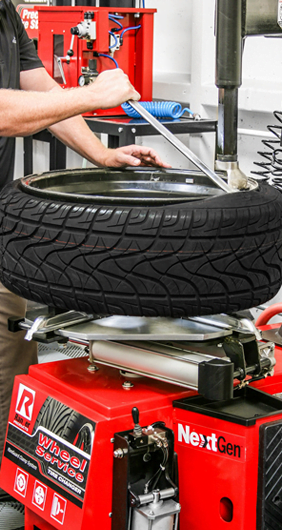 Aside from this, you should double-check the pressure when the temperature drops or rises significantly. For every 10 degree change, the PSI can change by 1. Based on this, any sudden change could dramatically affect the pressure inside the tire and could put you in danger if you aren’t careful.
Aside from this, you should double-check the pressure when the temperature drops or rises significantly. For every 10 degree change, the PSI can change by 1. Based on this, any sudden change could dramatically affect the pressure inside the tire and could put you in danger if you aren’t careful.
Categories: Tires, Guides
It is essential to keep your tires adequately filled with air. Underinflated tires can suffer from overheating, uneven wear and less efficiency. However, it can sometimes be inconvenient to take your flat tires to a professional. In that case, it is helpful to know how to fill a tire using an air compressor on your own.
The first step is to make sure you have the correct tools for the job. Otherwise, you won’t be able to safely and effectively fill your tire to the proper specifications. You will need several tools, including:

The two most common types of tires you can fill at home with an air compressor are car and bike tires. You can also use an air compressor to fill the tires of dirt bikes, lawnmowers, tractors and other equipment. Here are the basic steps for filling tires with an air compressor:
 Keep in mind that it’s ideal to fill a cold tire. If you’re filling a hot tire, the pressure gauge reading won’t be accurate.
Keep in mind that it’s ideal to fill a cold tire. If you’re filling a hot tire, the pressure gauge reading won’t be accurate.
While the basic method of filling tires is the same, knowing how to fill a bike tire with an air compressor is slightly different from a car tire. There are several variations, including:

Understanding these differences is vital in knowing how to service your bike tire with an air compressor.
Air compressors can help refill tires on cars, bikes and other equipment. There are some differences across each tire type, but the process is mostly the same. With Quincy Compressor, you can find the perfect air compressor to fill up any of your flat tires on your own. Contact us today for more information, or explore our portable air compressor options!
Description
Strong and reliable tire retreading tool for deepening the tread of truck tires. Designed for long term use. The deepening of the tread grooves (tread cutting) is possible on tires with a residual tread depth of 2-3 mm. This allows the tread pattern to be reproduced again. The tire tread depth after cutting is approximately 7 mm.
This allows the tread pattern to be reproduced again. The tire tread depth after cutting is approximately 7 mm.
Features:
Ergonomic design for reduced labor intensity of work operations;
4-stage temperature range with minimum-maximum temperature selection provides up to 8 power levels for high cutting speeds;
Automatic temperature limitation according to DIN 30600;
Insulated cutting head;
Separation of the handle and transformer reduces the labor intensity of work operations;
Cutting width with FIX blades 3-28 mm;
Can be used for wall mounting;
Tested to generally accepted GS TUV standards.
The treading machine is designed for retreading of bus, car and truck tires, tractors, for treading after welding and retreading. The deepening of the tread grooves is possible on tires with a residual tread depth of 2-3 mm. Slicing allows you to reproduce the pattern again. The tire tread depth after cutting is up to 6 mm. It is not recommended to cut tires that have damage on the sidewall, unevenly worn tread or damaged carcass. Most truck tires are equipped with a special tread depth indicator, the indicators are small indentations at the base of the tread. When cutting the tread, the depth should not exceed the depth of these grooves. Automotive tires designed to be grooved must have the Regroovable marking on their sidewalls. The cutting of the tread must be carried out quickly and with special knives for cutting the tread. Smoke and the smell of burnt rubber are signs that the cutting is too slow or the power is set too high. Cut the tread into small sections, optimally 150 mm. Remove the cut rubber from the tread grooves immediately. Tread cutters are very often called: tire tread regrower, tread cutter. They are used at tire fitting, when repairing truck and car tires, when welding tires, at a car service, at a service station, as a tool for tire fitting, together with tire fitting equipment.
Slicing allows you to reproduce the pattern again. The tire tread depth after cutting is up to 6 mm. It is not recommended to cut tires that have damage on the sidewall, unevenly worn tread or damaged carcass. Most truck tires are equipped with a special tread depth indicator, the indicators are small indentations at the base of the tread. When cutting the tread, the depth should not exceed the depth of these grooves. Automotive tires designed to be grooved must have the Regroovable marking on their sidewalls. The cutting of the tread must be carried out quickly and with special knives for cutting the tread. Smoke and the smell of burnt rubber are signs that the cutting is too slow or the power is set too high. Cut the tread into small sections, optimally 150 mm. Remove the cut rubber from the tread grooves immediately. Tread cutters are very often called: tire tread regrower, tread cutter. They are used at tire fitting, when repairing truck and car tires, when welding tires, at a car service, at a service station, as a tool for tire fitting, together with tire fitting equipment.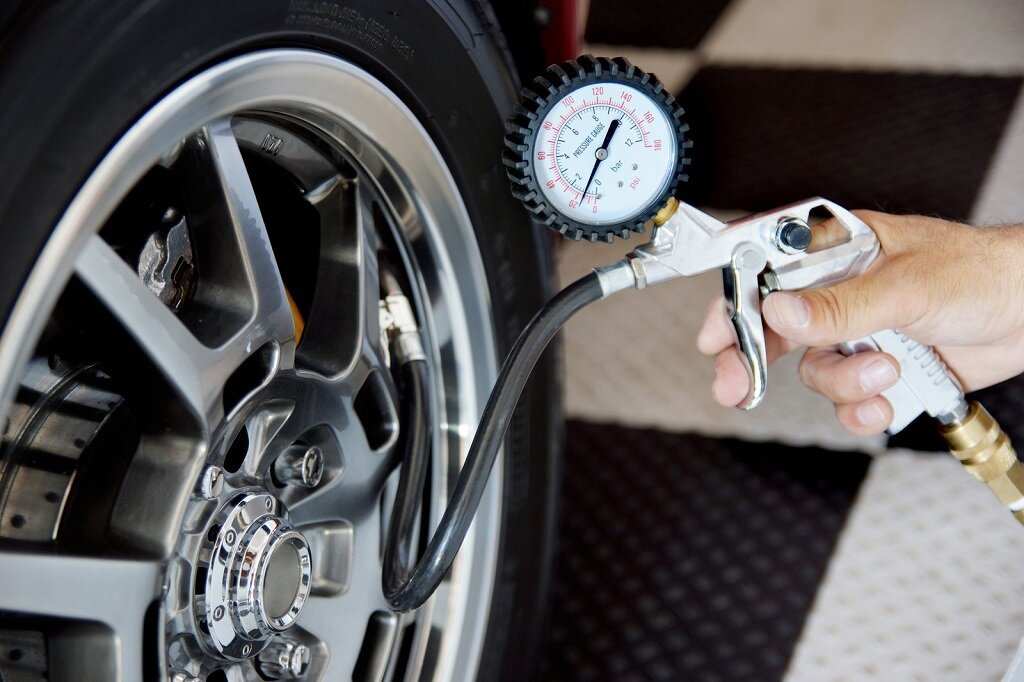 Manufacturers of the best quality, both expensive and cheap tire fitting equipment, will help you successfully cut the tread of a tubeless tire: Tip Top, Master Protektor, Master, Tdl, Atek Makina, PSO, Prema, Tech, RUFF RILLFIT. Our delivery of the most demanded and popular treading machines in Ukraine will take one to two days.
Manufacturers of the best quality, both expensive and cheap tire fitting equipment, will help you successfully cut the tread of a tubeless tire: Tip Top, Master Protektor, Master, Tdl, Atek Makina, PSO, Prema, Tech, RUFF RILLFIT. Our delivery of the most demanded and popular treading machines in Ukraine will take one to two days.
Repair and retreading tool for tires and tubes for bicycles, motorcycles, buses, cars, trucks, tractors. With a high-quality tire repair tool, a tire changer will be able to eliminate any damage, puncture, side cut of the tire, repair wheel damage, repair the tube, repair the tire. You can work as a tire fitter's tool both at a specialized tire fitting, a hundred or a car service, and at home. You need to buy tire repair tools. We suggest buying the following tools for tire repair and retreading: treading tools, regrowers, tread knives, tire studding tools, spikes, screwdrivers for spools and valves, threaders, cord installation kits, tire repair kits, knives, Seaming rollers , scrapers , grinding and buffing tire repair tools , cones , brushes , balancing pliers , tire brushes , buffing machines , tire vacuum cleaners , extension cords , vekuumators , tire pressure gauges , tire hammers , tire chalk , chalk holders . Manufacturers of the best quality both expensive and cheap tire fitting tools will help to successfully eliminate damage to the chambers, a puncture or a complex side cut of a tubeless tire: Rema Tip top, Tech, Maruni, Ferdus, Rossvik, Omni, Oxi, Vipal, Alligator, Baolong, Best, Fingo , Taitec , Rossvik , Tdl , Atek Makina , Pso , Ruff , Sibek , Sivik , Scason , Ugigrip, Intertool, Toptul, KingTony , Ampro , Force, Puli , Gaither , Hpmm , Airkraft , PCL , Michelin , Trisco , Beta , Rubbervulk . Our delivery of the most popular and popular tire repair tools in Ukraine for tire repair will take one to two days.
Manufacturers of the best quality both expensive and cheap tire fitting tools will help to successfully eliminate damage to the chambers, a puncture or a complex side cut of a tubeless tire: Rema Tip top, Tech, Maruni, Ferdus, Rossvik, Omni, Oxi, Vipal, Alligator, Baolong, Best, Fingo , Taitec , Rossvik , Tdl , Atek Makina , Pso , Ruff , Sibek , Sivik , Scason , Ugigrip, Intertool, Toptul, KingTony , Ampro , Force, Puli , Gaither , Hpmm , Airkraft , PCL , Michelin , Trisco , Beta , Rubbervulk . Our delivery of the most popular and popular tire repair tools in Ukraine for tire repair will take one to two days.
| Specifications | |
| Warranty period (months) | 12 |
| Maximum cutting depth (mm) | 28 |
| Maximum cutting width (mm) | 28 |
| Supply voltage | 220V |
| Power consumption (W) | 300 |
| Manufacturer | Rema tip top |
| Country of manufacture | Germany |
| Color | Red |
| Length (mm) | 350 |
| Width (mm) | 350 |
| Height, thickness (mm) | 350 |
| Weight (grams) | 3800 |
| Application | for tire repair |
| Tags | tread cutter, machine, cutting, tread, tires, tread cutting, tread groove, tread depth, cutting, tread club, cut tires, regroovable, tread knives, regrover, tool for |
your name
Your review
Note: HTML markup is not supported! Use plain text.
Rating Badly Good
A tire with increased wear resistance will not have better grip on the road surface, and a tire that has excellent grip on the surface will definitely have a shorter service life. There is no perfect tire with maximum tread life, grip and durability
Unfortunately, tires are often at the very bottom of the buyer's priority list, both when choosing new equipment and when purchasing spare parts and accessories. equipment for the existing fleet. Tires are one of the most underestimated parts of warehouse equipment. Each owner of a fleet of electric or forklifts, reach trucks and other vehicles used in warehouses and manufacturing plants sincerely wants to get the maximum from equipment without failures, ensuring uninterrupted cargo flow through their enterprise. The role of tires in this process is underestimated, and they are rarely, if ever, seriously considered.
equipment for the existing fleet. Tires are one of the most underestimated parts of warehouse equipment. Each owner of a fleet of electric or forklifts, reach trucks and other vehicles used in warehouses and manufacturing plants sincerely wants to get the maximum from equipment without failures, ensuring uninterrupted cargo flow through their enterprise. The role of tires in this process is underestimated, and they are rarely, if ever, seriously considered.
Often, technicians remember this detail only when a real problem arises, for example, a puncture or complete wear of the tread. But taking a closer look at how and what tires are being used in your facility will not only help prevent costly downtime and repairs, but also increase your fleet's productivity and reduce costs.
Small, of course, compared to a truck tire, a forklift industrial tire is the only source of its cushioning and smooth ride support. If the loader is equipped with tires that are not suitable for its application, sooner or later, this can lead to vehicle damage, shortening the life of its equipment and increasing maintenance costs.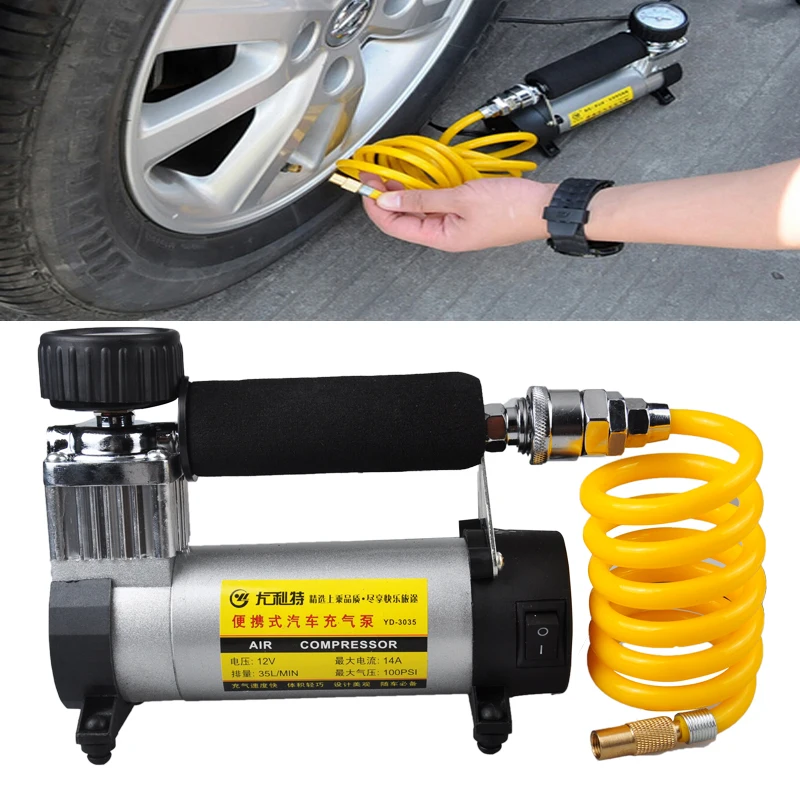
With even minimal knowledge of tire types, their performance, and the nuances behind the physical properties of tires, fleet owners can protect their investment in equipment and save significant money by changing tires less often. The right tire will keep warehouse vehicles and transported materials moving efficiently and smoothly for longer.
Basically, for loading and unloading operations on such equipment as forklifts, two main types of tires are now actively used:
Solid or flexible tires (often referred to as "superelastic" or SE) are the most commonly used type for electric forklifts. Due to the excellent stability and rigidity of this type of tire, it is optimal for lifting operations with heavy loads at considerable heights. A stiff tire will better stabilize the machine under load. Structurally, the superelastic tire is a solid piece of reinforced rubber, without any cavities for the air chamber.
So, the biggest advantage of choosing superelastic tires will be their ability to withstand a large load and there is no risk of tire puncture. As a result, you save time of possible downtime associated with checking tire pressure and repairing punctures.
As a result, you save time of possible downtime associated with checking tire pressure and repairing punctures.
The disadvantage of using superelastic tires is less comfort for the driver and worse suitability for transporting fragile goods and products, due to poor absorption of impact energy from joints and surface irregularities. Along with this, you should also not forget that solid tires are usually mounted using a tire press, which somewhat complicates the process of replacing them.
Solid loader tires are usually available in traditional black. Since this is the main color of their main component - rubber. But for example, in food production or enterprises with increased requirements for cleanliness, you can often find molded tires that leave no marks. In the production of such tires, they are also called "non-marking" or "white", instead of some of the usual components, silicon oxide and other bleaching agents are used, which is why black tread marks do not remain on the floors of warehouses. Among the disadvantages of non-marked tires, one can name a shorter service life and their higher cost.
Among the disadvantages of non-marked tires, one can name a shorter service life and their higher cost.
This is a traditional type of tire, known and familiar to most, since it is completely identical to the design of a classic car tire. Thanks to the inflated air chamber, which is placed inside the pneumatic tire, shock absorption or shock absorption occurs, which, in turn, significantly increases both rider comfort and grip on uneven surfaces. Due to the shock-absorbing ability of pneumatics, the risk of damage to fragile loads and loader undercarriage components is significantly reduced. If the forklift regularly runs significant distances at high speeds, the pneumatic tires heat up less, which translates into a longer cycle of operation of these tires in this mode.
Benefits of using pneumatic tires:
· Better handling at high speeds
Better tire grip on poor road surfaces
Less heating during long run
· Lower cost
Main disadvantages:
· Risk of puncture
Shorter service life
Alas, misuse of tires occurs everywhere. The most common mistake is to use a solid tire where a pneumatic tire should be used and vice versa. Pneumatic tires are best suited for large combustion engine forklifts operating primarily in open areas or construction sites. Pneumatics work great outdoors and especially on uneven surfaces and rough terrain, dirt and gravel.
The most common mistake is to use a solid tire where a pneumatic tire should be used and vice versa. Pneumatic tires are best suited for large combustion engine forklifts operating primarily in open areas or construction sites. Pneumatics work great outdoors and especially on uneven surfaces and rough terrain, dirt and gravel.
Solid tires can be used both indoors and outdoors. However, they show their best properties on improved road surfaces, such as good asphalt or concrete. Superelastics are prone to increased wear and poor handling when used on gravel and rocks.
Solid tires usually cost more than pneumatic ones; however, they tend to last longer. Most importantly, they eliminate downtime due to punctures and chamber pressure loss. There is no chamber, there is no need to control the level of air pressure in it.
In addition to understanding the types of tires used in material handling operations, knowing the principles behind tire performance will also lead to a smarter selection decision.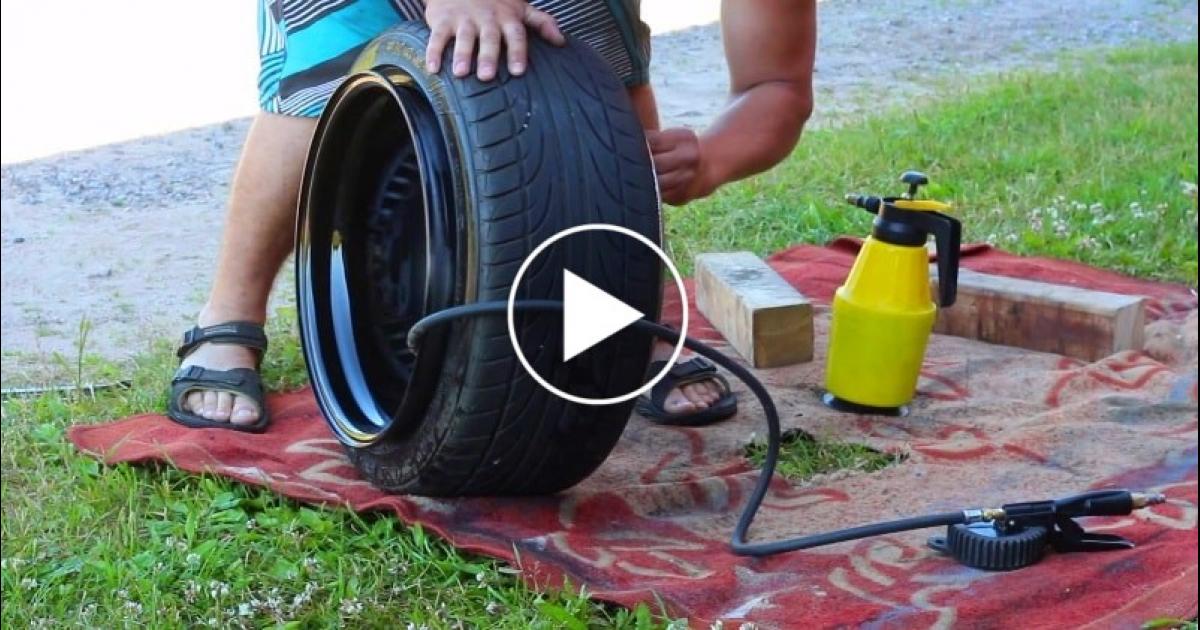 The performance of a tire is determined by its construction, appearance and hardness.
The performance of a tire is determined by its construction, appearance and hardness.
Tread design - or lack of it - also affects the performance of a tire. It may seem counterintuitive, but slick tires often provide more grip on dry floors than treaded tires. Smooth tires provide better performance and last longer, especially in the case of electric trucks. Naturally, all this is true, only for indoor use and on a good dry surface.
Tread tires are ideal for outdoor use. The tread fits and grips great on dirt and gravel outdoors, however, don't forget that the tread is also guaranteed to provide better traction on a wet concrete floor or a freezer floor, for example.
In general, the whole point or secret is in choosing the right tread and the right rubber according to the operating conditions.
An important tire characteristic, especially relevant for electric forklifts, is rolling resistance, which is the energy consumed by the tire while rolling.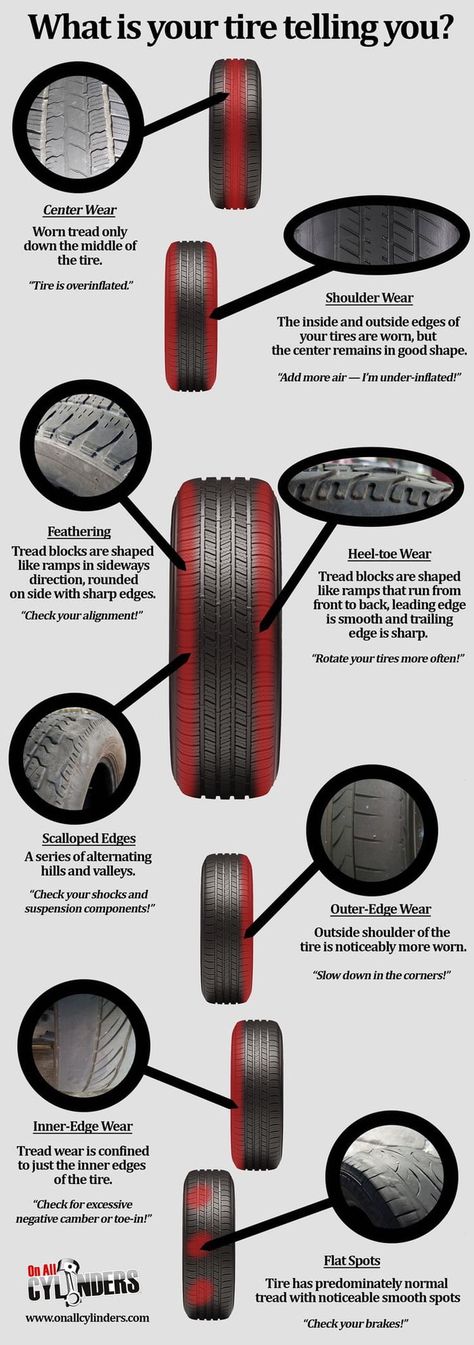 The lower the rolling resistance of a tire, the less energy it needs to move and the less resistance it has to drive the loader's electric motor. A tire with low rolling resistance will extend the battery life of an electric forklift, resulting in lower costs and higher productivity.
The lower the rolling resistance of a tire, the less energy it needs to move and the less resistance it has to drive the loader's electric motor. A tire with low rolling resistance will extend the battery life of an electric forklift, resulting in lower costs and higher productivity.
Rolling resistance is affected by the hardness of the tire, or "durometer". A low hardness tire is softer than a high hardness tire. A tire with a low hardness content provides a softer ride and better traction. Hysteresis is an internal buildup of heat that occurs when the tire is under load, compressing the material as it hits the ground. This process is similar to repeatedly bending a paper clip back and forth. The paperclip will eventually break from internal friction. The design of the tire and the hardness tester also affect its ability to withstand high temperatures. Excessive internal heat - the tire's worst enemy - leads to premature wear and even tire failure. Heavy loads, long distances and high speeds all cause heat inside the tire. High hardness tires can withstand heat more efficiently than low hardness tires.
As stated earlier, tires are always a trade-off and the machine owner must consider which tire characteristics are most important for each specific application. Operating conditions, type of loader, speed and load requirements are all factors to consider when choosing the right tire.
A cast tire lasts about 40% longer than a pneumatic one. However, even here there was a compromise: a pneumatic tire provides a more comfortable ride, while a solid tire is heavier for both the vehicle and its operator. The weight of the tire, as well as the resistance, significantly affects the economy and battery life. What's more, a rougher ride can damage fragile loads, especially on uneven surfaces and damaged floors. Although pneumatic tires are better than solid tires at absorbing shock and gripping uneven surfaces, they carry the risk of punctures with them. Replacing solid tires, in turn, requires a special replacement press. Pneumatic tires should be checked for air pressure regularly. Under-inflated tires reduce rolling resistance, reduce fuel economy, and wear out much faster than those maintained at the manufacturer's recommended air pressure. In general, there is something to think about and seriously)))
However, tire users should not only carefully weigh the pros and cons above, but also consider the environment in which their loaders operate in the first place. For example, in very unfavorable working conditions, with a high risk of regular punctures, it is better to immediately spend money on replacing pneumatics with solid tires than to regularly incur large losses due to downtime associated with their replacement and repair of punctures.
As today's business demands ever-increasing demands associated with ever-increasing storage space and ever-increasing tonnage moving through these warehouses, forklift manufacturers and their end users are realizing that only two economic metrics really matter - the cost of an hour of operation and the cost of an hour of downtime.